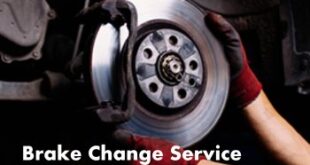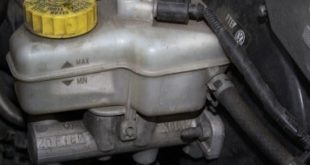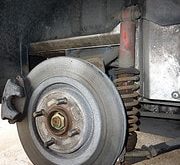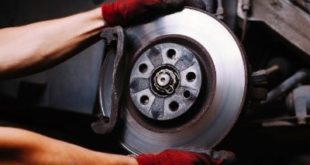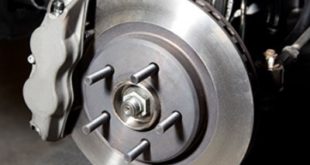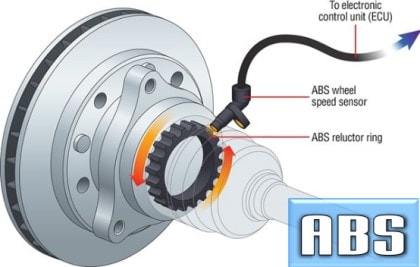
If you bought your car recently, it is certainly equipped with ABS (anti-lock braking system). With it, you do not lose control of the vehicle during emergency braking. How does this system work and what are its limitations?
Say you are driving slowly down the highway, and a truck suddenly jack-knifes in front of you. You panic and press like crazy on the brake pedal. The wheels lock, and in an instant, the tires lose 90% of their grip. Unable to steer your vehicle, you skid into the truck.
When was ABS braking invented?
To avoid such fears, manufacturers have long worked on a system capable of preventing wheel locking. By 1936, Robert Bosch, founder of the company with the same name, patented the “antiblokiersystem”, which led to ABS. But it was not until 1973 that the final electronic version was developed. Mercedes sold it for the first time in 1978 on its S Class model.
Extremely fine control
In a normal braking situation, the solenoid valves are open. When the ABS kicks in, it starts by closing the first valve, which stops sending brake fluid. If the blockage persists, a second solenoid valve is closed, and so on. When the brake calipers are released, the wheels are freed. As soon as the wheel begins to pick up speed, the pressure is returned, always in stages, until the wheel reaches the speed of rotation of the other or until it begins to lock again.
This can be done up to 12 times per second, to provide nearly fluid braking (which is why the driver feels vibrations in the brake pedal). The ABS controller, therefore, requires an extremely sophisticated controller: it must not only react very precisely to the information it receives, but also take into account the different inertia of the brake system, or even the different diameter of a spare wheel which would not have the same diameter.
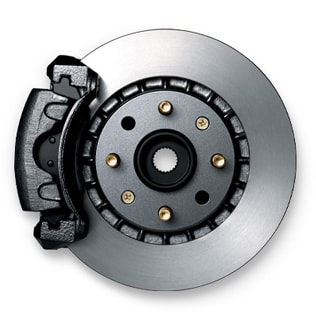
The vehicle speed is also taken into account and is calculated from the wheel speed. Once the speed drops below 5 km/h, the ABS stops. This is because if the brakes were still engaged on a parked car, the regulator would think that the wheels were locked, and therefore would release all the pressure.
There are several versions of ABS in different types of vehicles. The more sensors (the ideal is to have one on each wheel) and valves, the more effective the ABS will be (especially on surfaces with low traction, such as snowy, icy or wet roads).
Constant improvements
Many other enhancements have supplemented or added to ABS:
- Brake Assistance maintains braking power even if the driver presses too softly on the brake pedal.
- An electronic brake force distribution function is integrated with some ABS systems to distribute the braking force optimally between the front and rear wheels, regardless of vehicle load or pressure applied to the brake pedal.
- The CBC (Cornering Brake Control) system controls the braking in the turns to avoid dropping the rear axle. It is triggered usually by the action of the ABS.
- Traction control: ABS can also be used to stop skidding by braking one of the wheels.
Summary of ABS
The speed of rotation of each wheel is measured by sensors placed in the hubs. It is transmitted continuously to the ABS control system via electric pulses. As soon as a wheel starts locking, the ABS housing starts its regulation. The computer adjusts the pressure applied to the cylinders of the brake calipers, via groups of valves. Here you can find brakes coupons and complete brake replacement guide.
 Car Service Land Coupons for Oil change, Tires, Wheel alignment, Brakes, Maintenance
Car Service Land Coupons for Oil change, Tires, Wheel alignment, Brakes, Maintenance
